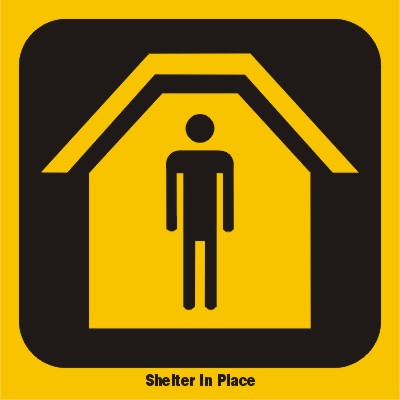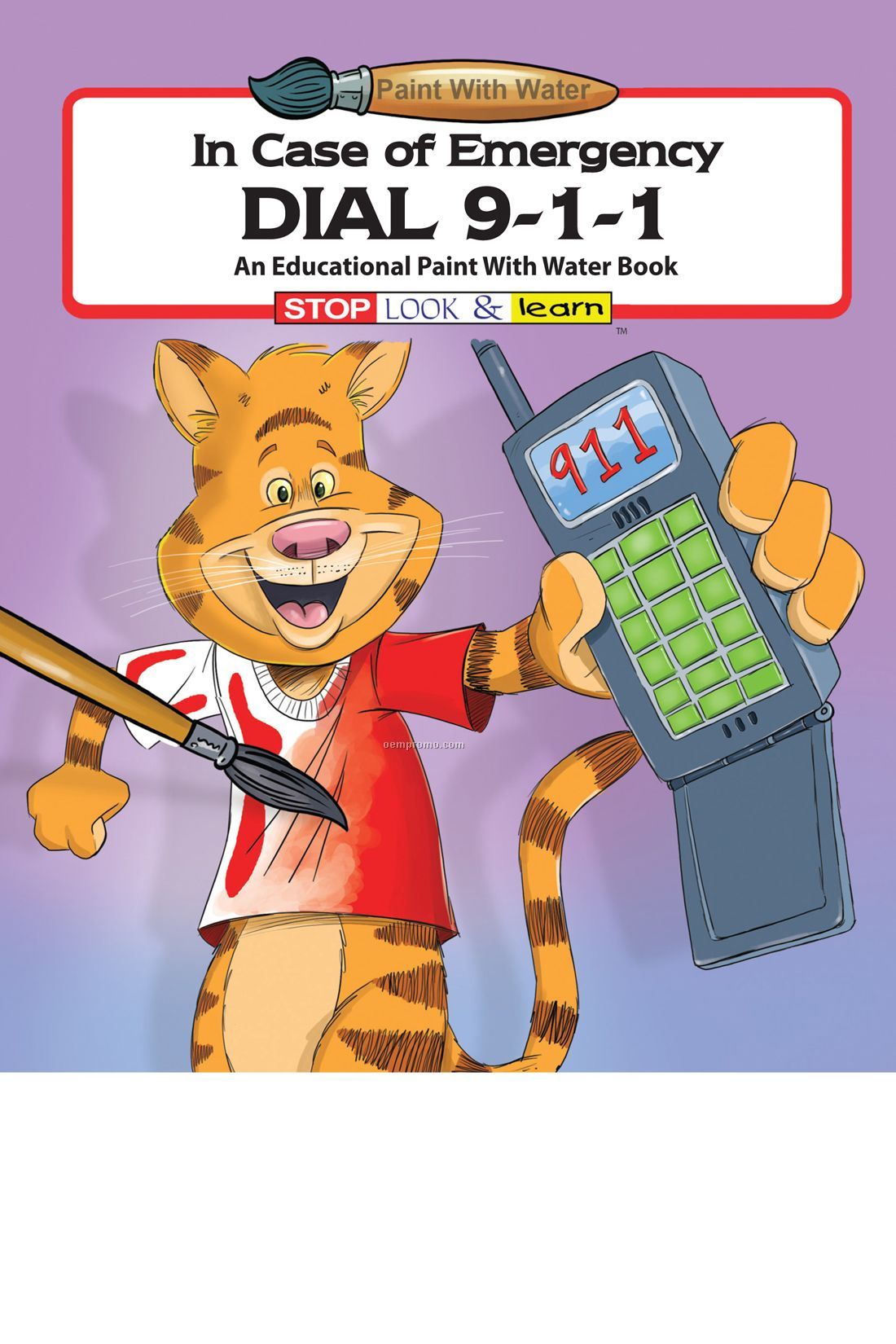It's preparedness month! And we’recelebrating with 30 days full of tips on our favorite topic… preparedness!! Ifyou’ve missed out on any of them, click here to take a trip through the month of September and catch up!!
Preparedness Tip #22When water is of questionable purity, it is easiest to use bottled water for drinking and cooking if it is available. When it’s not available, it is important to know how to treat contaminated water.
In addition to having a bad odor and taste, water from questionable sources may be contaminated by a variety of microorganisms, including, bacteria and parasites that cause diseases such as dysentery, cholera, typhoid, and hepatitis.
All water of uncertain purity should be treated before use.
Use one or a combination of these treatments:
--Filter: Filter the water using a piece of cloth or coffee filter to remove solid particles.
--Boil: Bring it to a rolling boil for about one full minute. Cool it and pour it back and forth between two clean containers to improve its taste before drinking it.
--Chlorinate:
--Add 16 drops (1/8 teaspoon) of liquid chlorine bleach per gallon of water. Stir to mix. Sodium hypochlorite of the concentration of 5.25% to 6% should be the only active ingredient in the bleach. There should not be any added soap or fragrances. A major bleach manufacturer has also added Sodium Hydroxide as an active ingredient, which they state does not pose a health risk for water treatment.
--Let stand 30 minutes.
--If it smells of chlorine. You can use it. If it does not smell of chlorine, add 16 more drops (1/8 teaspoon) of chlorine bleach per gallon of water, let stand 30 minutes, and smell it again. If it smells of chlorine, you can use it. If it does not smell of chlorine, discard it and find another source of water.
--Flood water can also be contaminated by toxic chemicals. Do NOT try to treat flood water.






